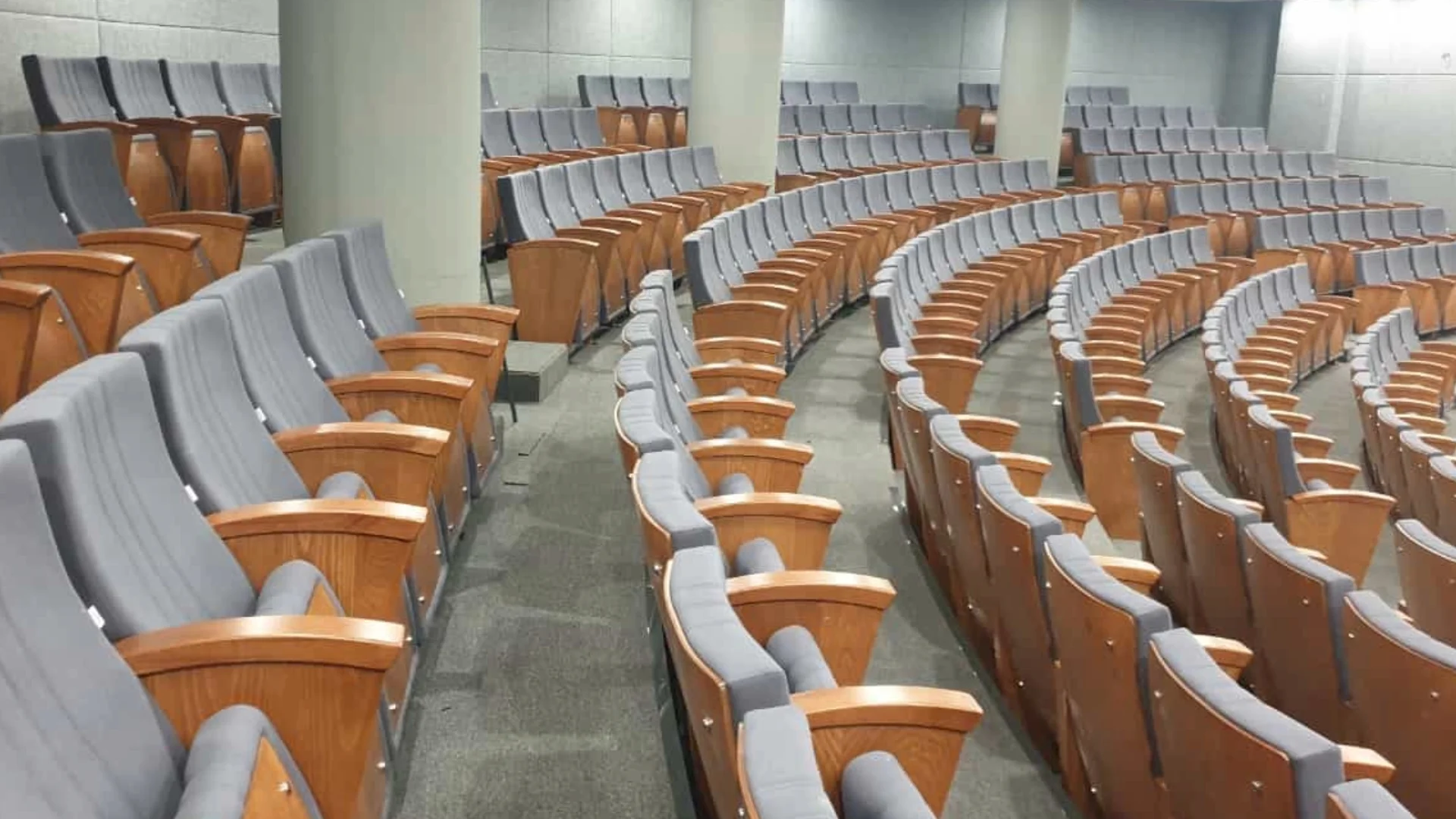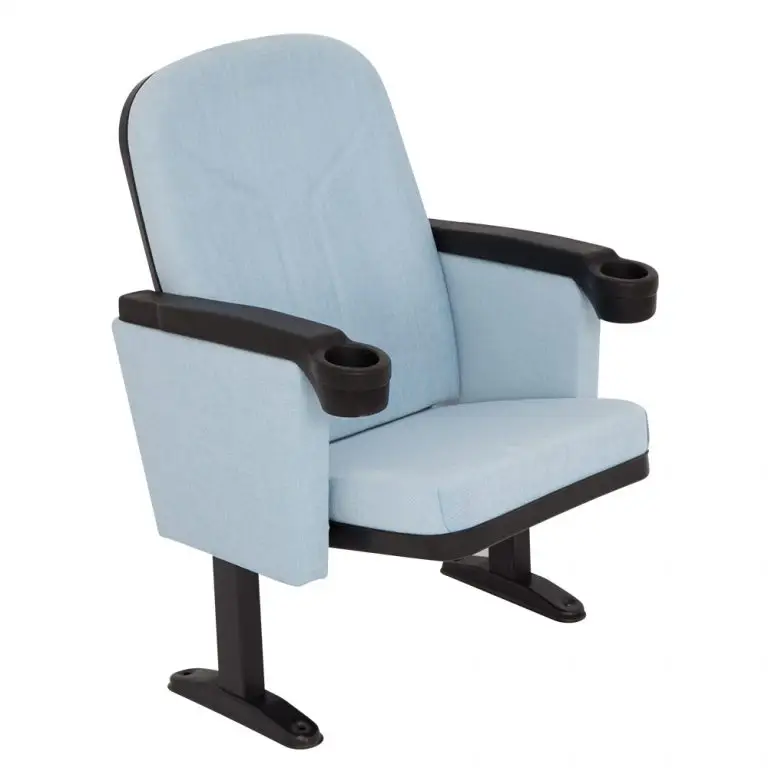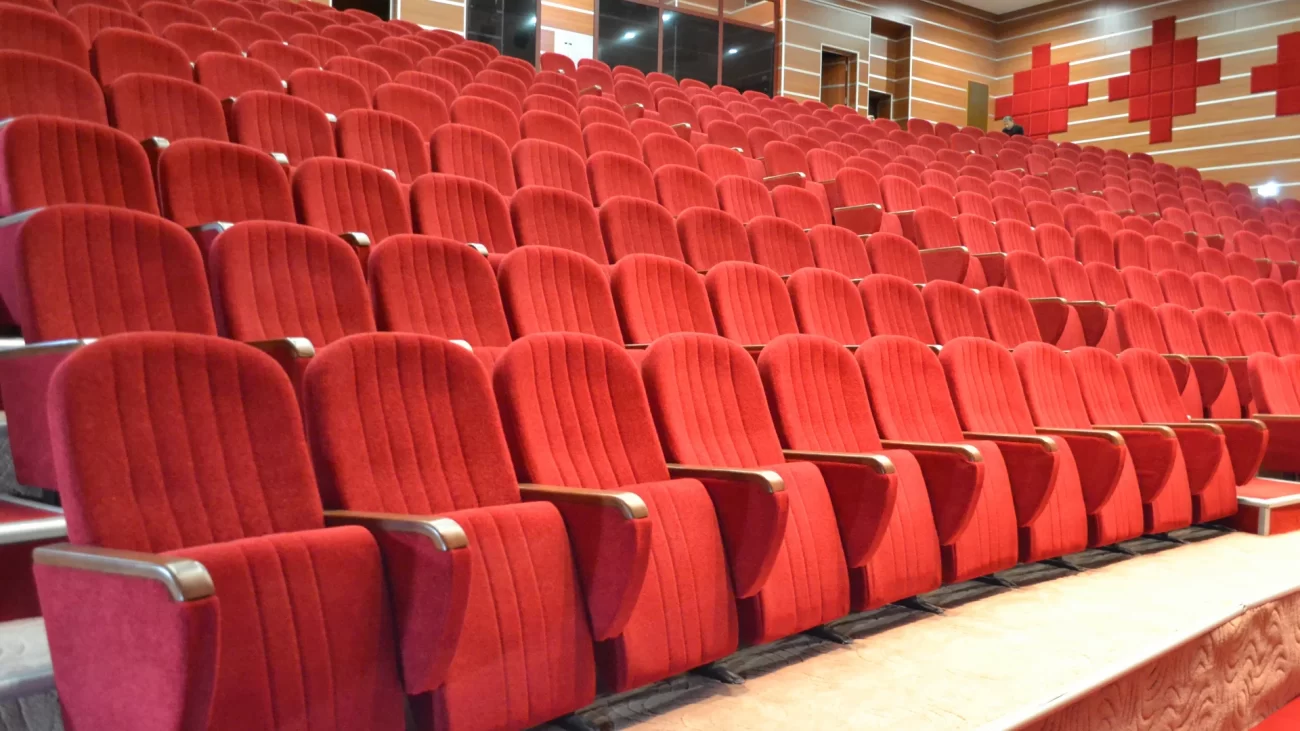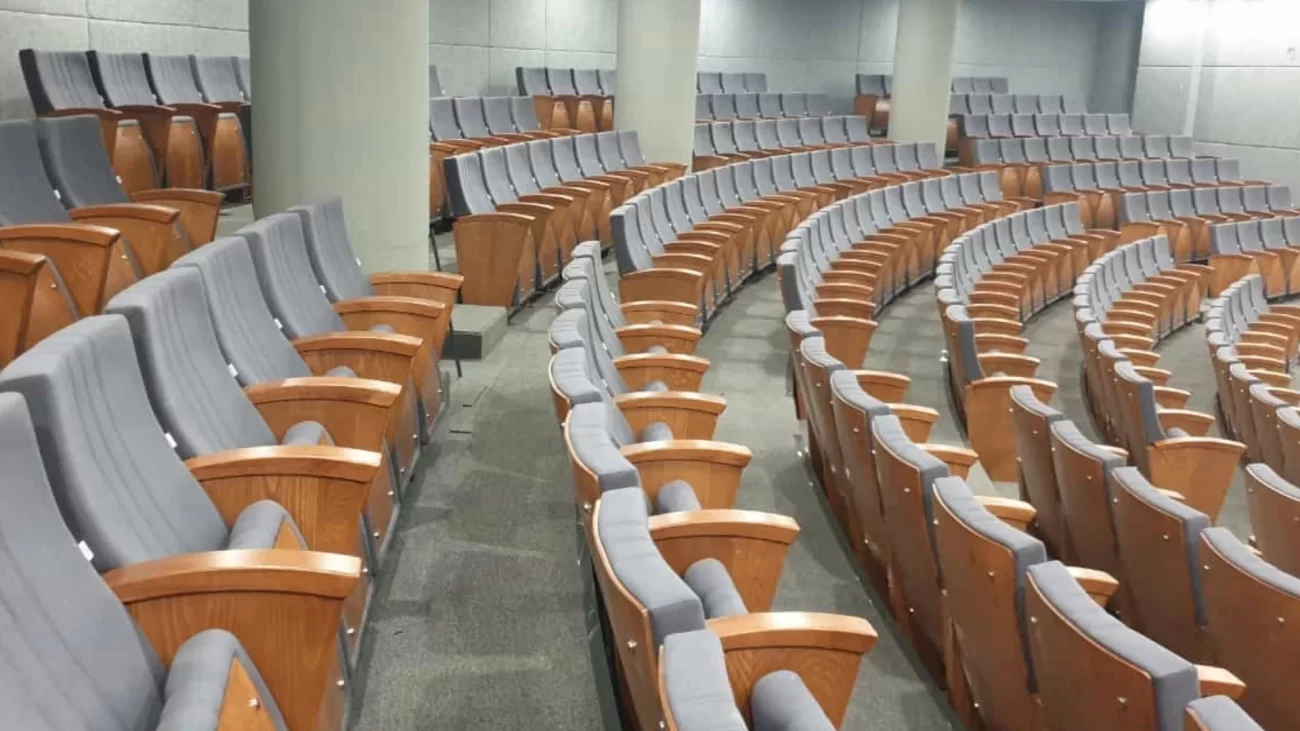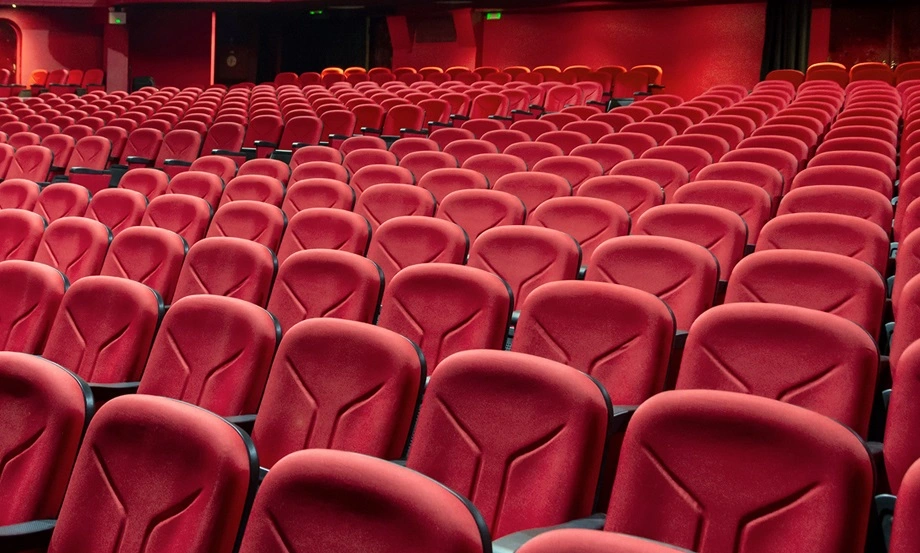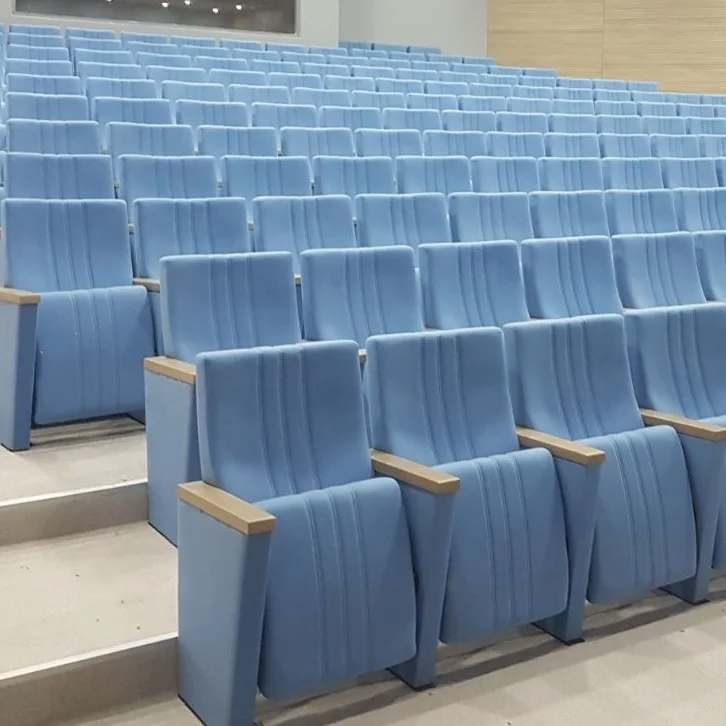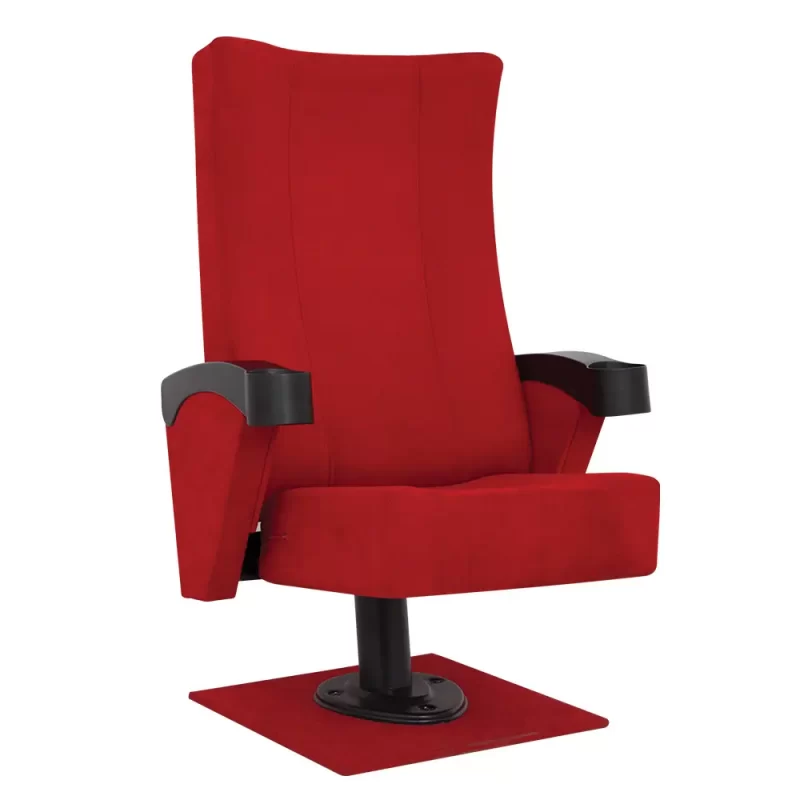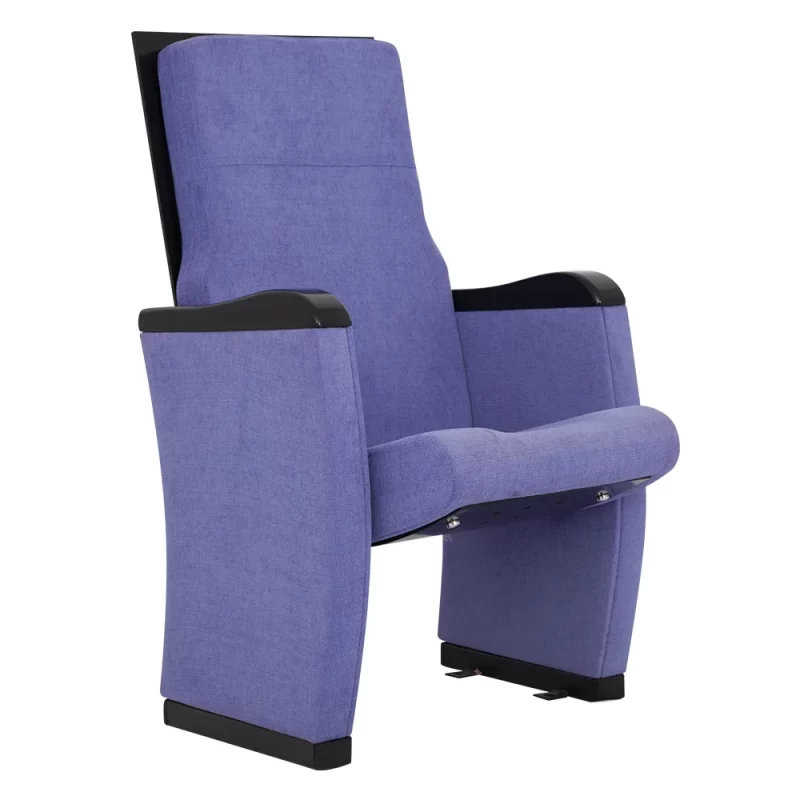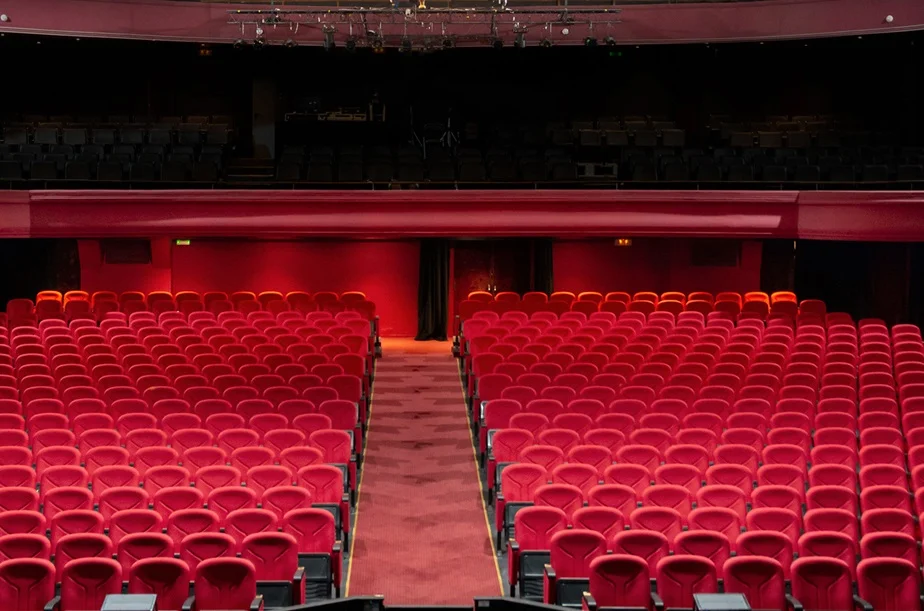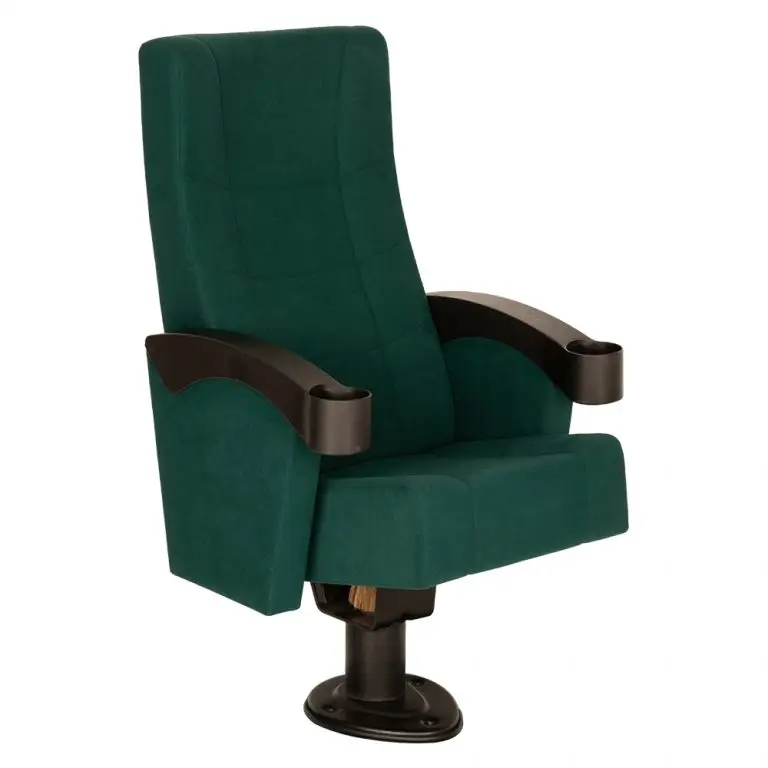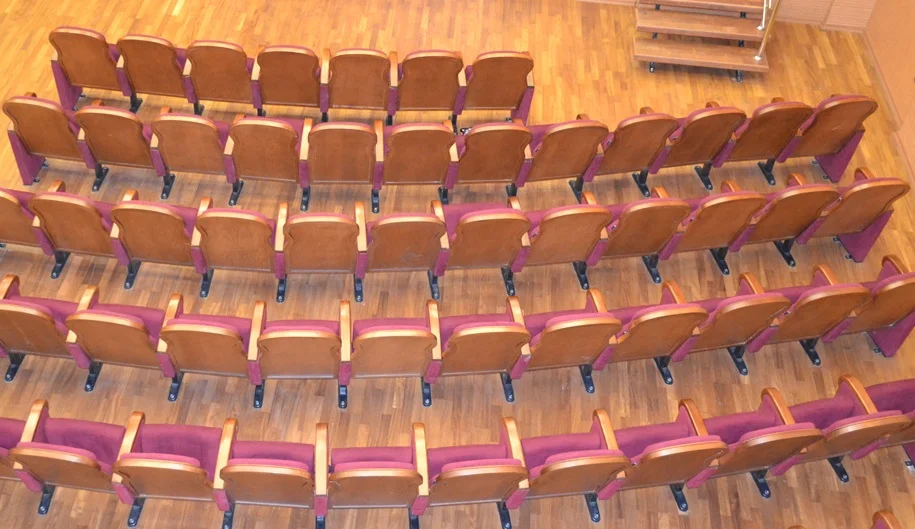Acoustics in theaters play a crucial role in delivering a high-quality experience for audiences. Whether it’s a dramatic whisper on stage or a powerful musical number, good acoustics ensure that every sound is heard clearly, enhancing the overall impact of the performance. But what exactly makes acoustics so important in theaters, and how can you make sure your venue hits the right note?
Why Are Acoustics in Theaters So Important?
Acoustics in theaters aren’t just about making things louder; they’re about clarity, balance, and making sure every audience member has the best possible experience, regardless of where they’re seated. Poor acoustics can muffle dialogue, drown out music, and generally make it hard for audiences to connect with what’s happening on stage. On the other hand, well-designed acoustics can elevate a performance, turning a good show into a great one. For venues looking to upgrade their auditorium seating, paying attention to acoustics is just as important as choosing the right seats.
How Do Acoustics Affect Audience Experience?
Imagine sitting in a stunning theater with the best auditorium seats—but you can’t hear half of the performance. Frustrating, right? Good acoustics ensure that sound travels evenly throughout the space, so no matter if you’re in the front row or up in the balcony, you’re getting the full experience. It’s not just about volume; it’s about ensuring every word, note, and sound effect is crisp and clear. This is why many theaters invest in professional acoustic design, alongside top-quality theater seat cushions and conference seating, to provide an immersive experience for their audiences.
Key Elements of Theater Acoustics
So, what are the key factors that influence acoustics in theaters? It’s all about the materials, shapes, and surfaces within the space. From the shape of the room to the materials used in auditorium seats, every element can impact how sound behaves. Hard surfaces reflect sound, while softer materials absorb it, and achieving the perfect balance is key. Even the type of cinema seat can make a difference. For example, seats with cushioned backs can help absorb excess sound, creating a more controlled and pleasant audio environment.
Choosing the Right Auditorium Seating for Acoustic Performance
While it might not be the first thing that comes to mind, auditorium seating plays a significant role in the overall acoustics in theaters. The materials used in seats, like the fabric and padding, can affect sound absorption. For instance, cinema seats with backs that feature high-quality, sound-absorbing materials help to manage echoes and reverberation within the space. This is where a company like Seatment can make a difference. With our range of auditorium chairs for cinemas and conference hall seats, we focus not only on comfort but also on enhancing the acoustic performance of your venue.
The Role of Professional Acoustic Design
Thinking about acoustics might seem overwhelming, especially if you’re also juggling other aspects like bleacher seats or seminar chairs. However, working with a professional acoustic designer can make all the difference. They can help assess your space, identify problem areas, and suggest solutions that fit your budget. Whether it’s adding acoustic panels, tweaking the layout of your amphitheater seats, or selecting the right cinema seating from Seatment, small changes can have a big impact.
Ready to Upgrade Acoustics in Theaters?
Are you considering a makeover for your theater or conference hall? Don’t overlook the importance of acoustics. Investing in the right auditorium seating and working with acoustic experts can transform your venue, offering audiences an unforgettable experience. And remember, it’s not just about filling seats—it’s about creating a space where performances truly come to life.


